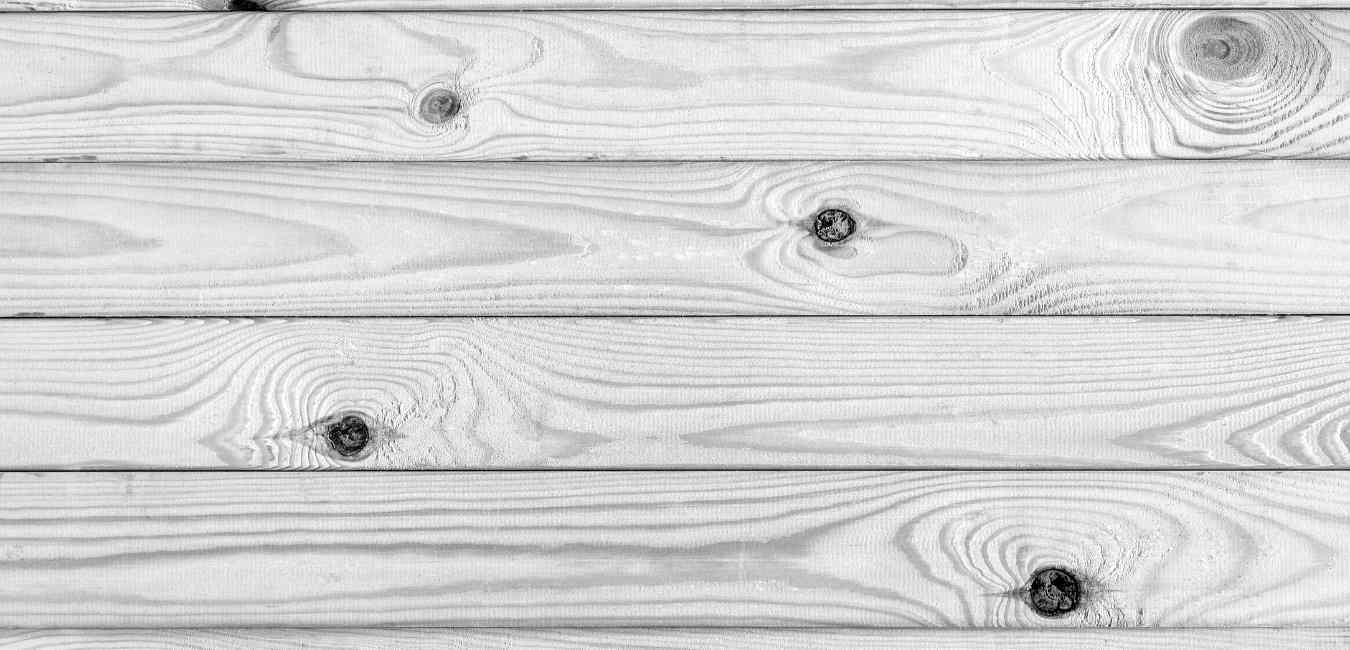
If you just installed a new fence, you will get a call from the customer. That you can come by, because black spots are forming on the wood. Maybe your first reaction is: no problem, we’ll fix it.
But what if it seems less familiar to you? Then it’s good to know that new (exterior) wood can bleed. This is a natural process, which we call oxide stains. But how do they happen and what can you do about it? Or better yet, how can you prevent it? You can read about it on this blog.
What are black spots or oxide stains and what causes them?
Wood changes over time, which is what makes this natural product so popular. Chances are, you’ll also have to deal with oxide stains. The trunk of a tree contains various substances, such as tannic acid. This can bleed in wet weather, causing black spots. This cannot be avoided, but perhaps to alleviate some concerns: oxidation stains do not affect the quality or stability of wood.
What almost all types of wood find less pleasant is contact with galvanized screws. As a result, the ingredients are closed and the wood gives an allergic reaction. This is expressed in the form of discoloration, oxide stains. This reaction is sometimes confused with a fungus. Does this happen with all woods? No, the greatest chance is with tannic acid woods such as oak and tropical hardwood.
How do you fix black spots on wood?
The appearance of oxide stains can be perceived as annoying by the customer. Fortunately, something can be done about it. Treat oxide stains with oxalic acid, a substance found in plants, among other things. Apply this product diluted with water and a brush. This will reverse the oxidation process. It can also be used to restore the gray color of wood. You prefer not to dilute? This product is available ready to use under the name of dehydration water. The tannic acid that comes off the wood and ends up on the tiles of your deck can also be removed with this product.
How can I avoid oxide stains in wood?
Isn’t there a way to prevent wood from bleeding? Yes, there is. It is best to leave new, hard, untreated oak wood for one winter and summer season. The substances, including tannic acid, then leave the wood. In addition, most of the stains that appear will disappear with time. After that, it is best suited for oiling or stripping. The fastening material is also important to avoid oxide stains. Even if the use of galvanized screws is interesting because of the price, it is better to use stainless steel screws to avoid black spots.
